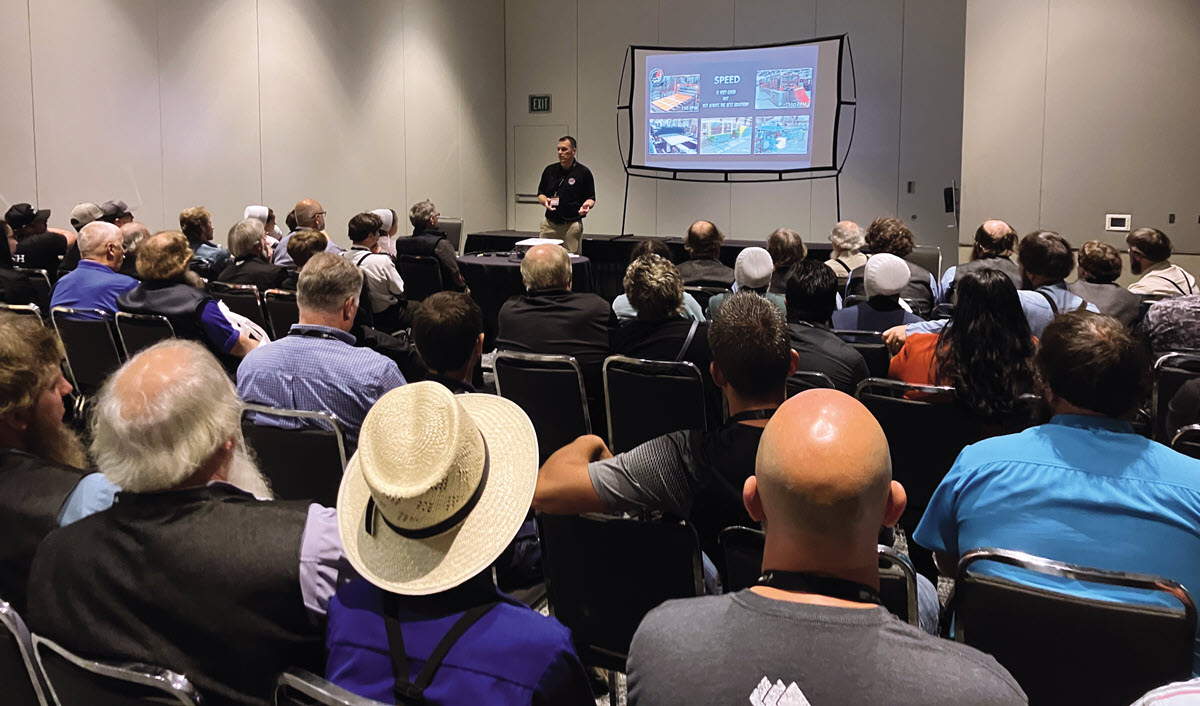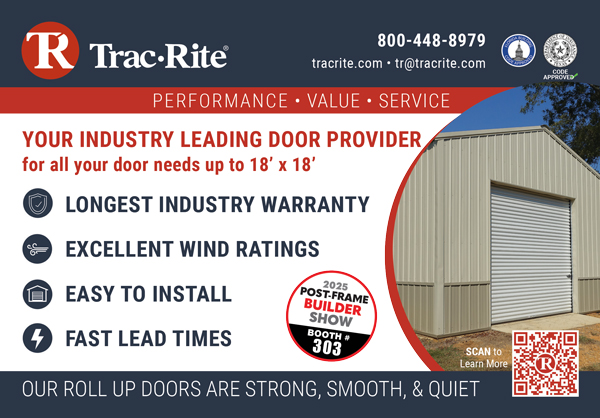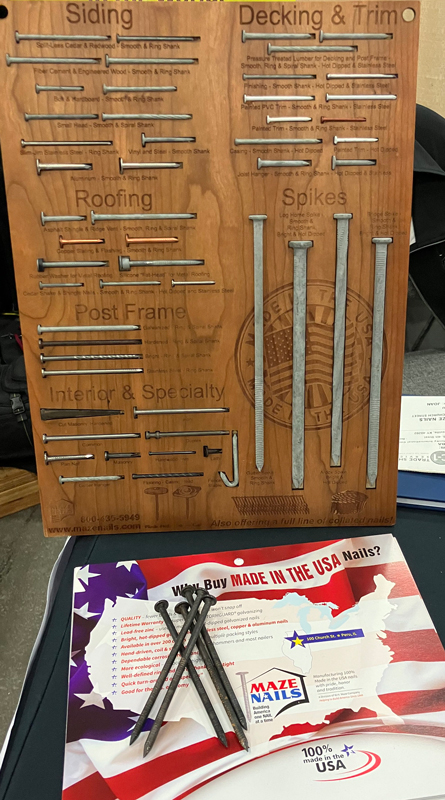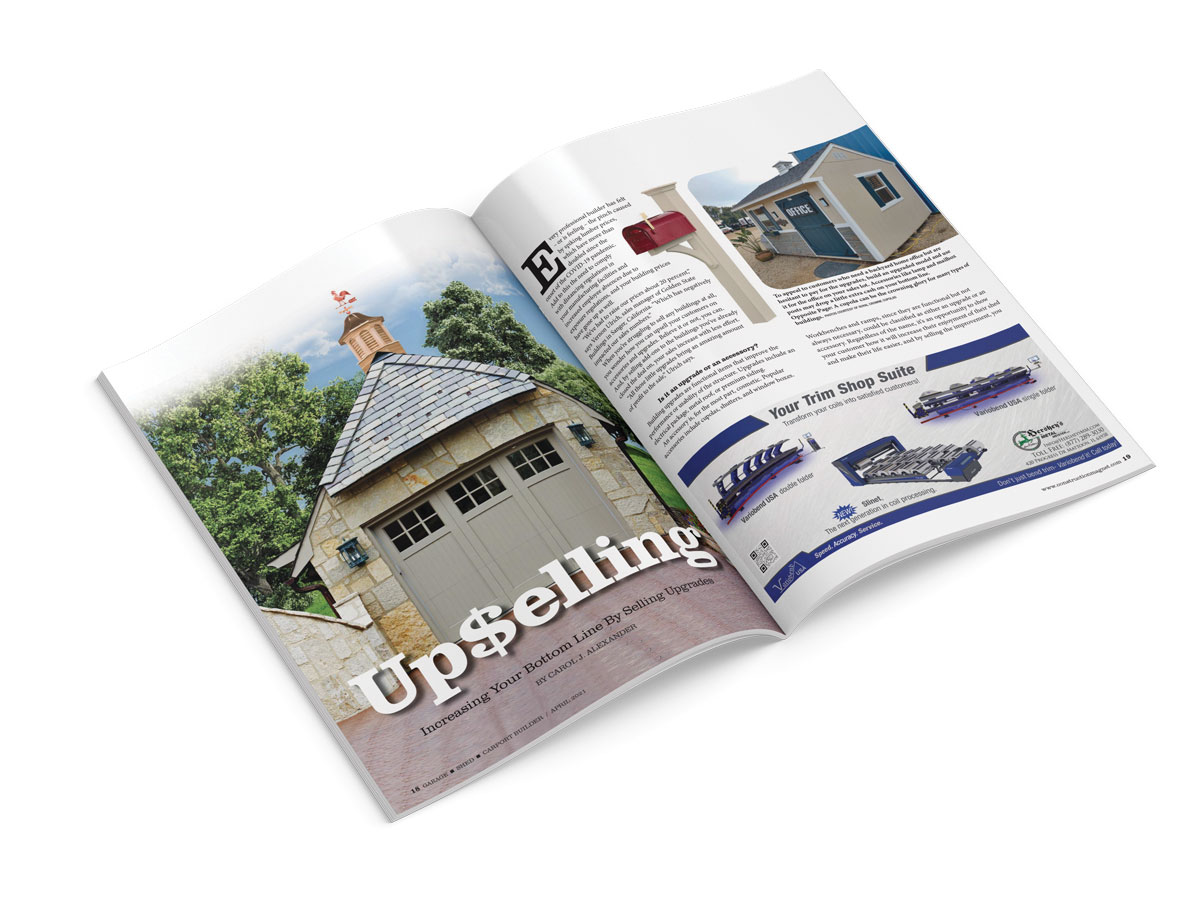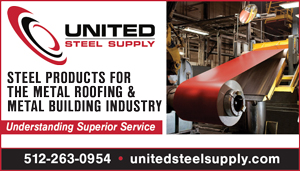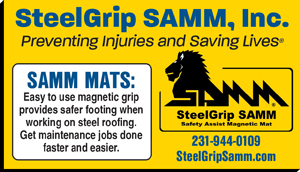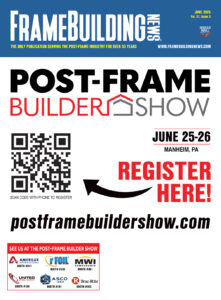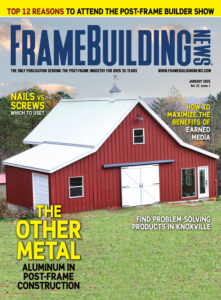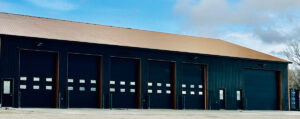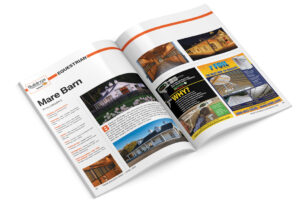By Randy Chaffee
We are in the middle of trade show season. For our industry that starts in late September and runs well into the spring.
Trade shows offer an abundance of opportunities for attendees to network, gain insights, and further educate themselves in our industry. However, making the most of these events requires careful planning and strategic execution.
In this article, let’s take a look at some proven ways to get the most out of your trade show experience, from pre-show preparation to post-event follow-up.
Lay the Groundwork
Before you even step foot on the trade show floor, put some time into researching the event, exhibitors, and speakers. Create a list of specific objectives that interest you for the show.
Is the discovery of new products and/or services on your list? How about networking with other industry professionals? Gaining knowledge from expert presentations is always a highlight.
Clearly defined goals will guide your activities throughout the event.
This process is equally important for exhibitors as well. What is our team’s plan? Have we scheduled coffee or breakfast meetups? What about lunch or even a quick meet up at a show venue pub?
Another key for exhibitors is to not schedule dinners too early. The host hotel(s) bars are one of the best opportunities available to see and be seen. So many attendees in one location makes this a “must-do” part of our after-show floor activities.
Plan Your Schedule
Trade shows are typically packed with activities, from keynote speeches and panel discussions, workshops, and networking events. Review the event schedule in advance and identify sessions that align with your objectives. Prioritize those that offer the most value to your goals.
Many of these opportunities fall outside of the exhibition floor hours, but some may not. This makes it important to plan your time before arriving so that you may attend these events and still have plenty of time to visit with the exhibitors. A key strategy is to always chose quality vs quantity.
Stay Organized
Many trade shows provide mobile apps that offer event schedules, exhibitor lists, maps, and other important information. Download and use the app to keep track of your schedule, navigate the venue, and receive real-time updates.
Once you arrive at the show hall, I suggest you walk the whole show floor first. Stay laser-focused on the first initial walk-through as much as you can. The goal here is to minimize distractions later as you really get down to business with the exhibitors you have preplanned to see.
Once you’ve done your reconnaissance by walking the floor, take a few minutes to create your “must-see” booths. By taking this walk-through and then going on a planned visit route, you will make sure to spend the time with those of most importance and hopefully not leave the show feeling you missed some opportunity.
A note to us exhibitors. While we are there to meet old customer friends and make new ones, let’s be cognizant of our attendees’ time. They have much to accomplish and will appreciate that we honor their time. If we have a really good meet-up which could use some additional time, then let’s see if the customer friend or prospect has a few minutes after the show ends or even the next morning … can we say “coffee or breakfast?”
Be Strategic in Booth Visits: Quality Over Quantity
The trade show floor can at times be intimidating. It can appear daunting. Believe me, with large shows, it will be an undoable proposition to visit every booth. Instead, focus on those that align with your interests and goals. Engage exhibitors in meaningful conversations, learn about their products or services, and ask meaningful questions. It’s back to the idea of thinking quality interactions rather the quantity. This will provide you with deeper insights and potentially valuable connections.
Network with Purpose
Networking is a central aspect of trade shows, but it’s not just about collecting business cards. Set your goal to build meaningful relationships. By developing your pre-show itinerary, you will be better positioned to meet all your goals. You will attend the events and visit the exhibits most important to your business.
Be sure to be an open networker. Show an interest with other professionals in our industry. Share your experiences and listen to theirs. Engage in conversations that go beyond surface-level interactions and remember to follow up with contacts after the event.
While I’ve said to be a bit laser focused, I do not want to suggest we don’t keep our head on a swivel. If we remain in an opportunity-seeking mode, we will be open to some very beneficial contacts which might otherwise escape us.
Expand Your Knowledge
Trade shows often feature educational sessions led by industry experts. These sessions provide valuable insights into current trends, best practices, and emerging technologies. Attend talks and workshops that align with your objectives to gain a broader perspective on our industry. Most of these educational sessions will offer a time for questions. Have some prepared if you can.
Don’t be shy … ask questions. I can almost guarantee someone else in the audience will have the same or similar questions.
Take Notes
With so much information to absorb, it’s easy to forget key takeaways from sessions and conversations. Bring a notebook or use your mobile device to jot down important points, ideas, and action items. These notes will serve as a valuable resource after the event.
As an attendee, I cannot stress enough that you want to take control of your own destiny. Find a product or service that is important to you. Own this! Take responsibility yourself to get the rep’s card. Ask for a follow up. Make notes. Most of us exhibitors will want to follow up, but I suggest you don’t leave it to chance. We get a lot of people through our booths at times and while it would be unintentional, mistakes or misses can happen.
As an attendee, do your part as well. As an exhibitor let’s make sure we maintain a good follow-up system and properly prioritize our “after show” follow up. Make the necessary notes while with the customer or prospect while the discussion is fresh. This always indicates you take them seriously.
Be an Adapter. Embrace the Unexpected
While it’s important to have a plan, don’t be afraid to deviate from it if unexpected opportunities arise. Many of the best interactions are the chance encounters or impromptu sessions which can lead to valuable insights and connections you might not have anticipated. While this sounds counter to what I’ve said earlier, it’s really an important aspect of making this a successful experience.
Plan ahead. Work the plan. Adapt when a real opportunity presents itself.
Engage on Social Media: Extend Your Reach
Social media is a powerful tool for extending your trade show experience beyond the event itself. Use event-specific hashtags to share your insights, connect with other attendees, and follow up on conversations. This also allows you to engage with speakers, exhibitors, and fellow attendees on a digital platform.
As attendees or exhibitors, we should strive to extend the benefits of the show beyond just the few days in the host city. We all spend valuable time and monies attending which makes it imperative that we make this a high value proposition.
Follow Up and Solidify Your Connections
After the trade show, take the time to follow up with the contacts you’ve made. Make a phone call, send personalized emails, texts, or direct message to those you’ve connected with, expressing your appreciation for the interaction and continue the conversation. This helps solidify the relationships you’ve established.
Reflect and Implement
Once the trade show is over, reflect on your experiences and the insights you’ve gained. Identify actionable steps you can take to implement what you’ve learned into your everyday endeavors. This can include adopting new strategies, exploring partnerships, or integrating innovative technologies. Applying your learnings is key to deriving long-term value from the event.
In conclusion, attending a trade show is more than just showing up — it’s about intentional planning, active engagement, and purposeful follow-up. By setting clear objectives, planning your schedule while being adaptable, networking strategically, and documenting your learnings, you can ensure that your trade show experience is both fulfilling and valuable for your personal and professional growth.
Remember, the value you extract from the event coincides with the effort you invest in preparation and execution. Now go have some amazing shows! Hope to see you there. RB
Randy Chaffee brings four-plus decades of experience to the construction industry. A board member for the Buckeye Frame Builders Association and the National Frame Builders Association, follow his podcast at facebook.com/BuildingWins. No web access? Call (814) 906-0001 at 1 p.m. Eastern on Mondays to listen. FBN
To read more articles from the January 2024 edition click here.


